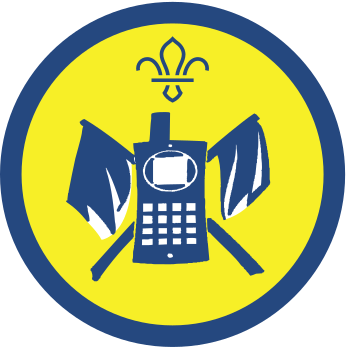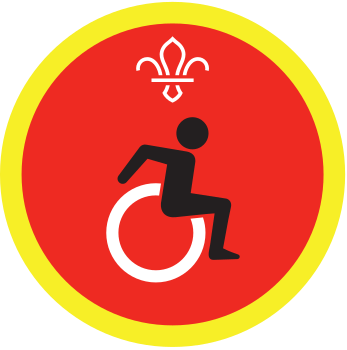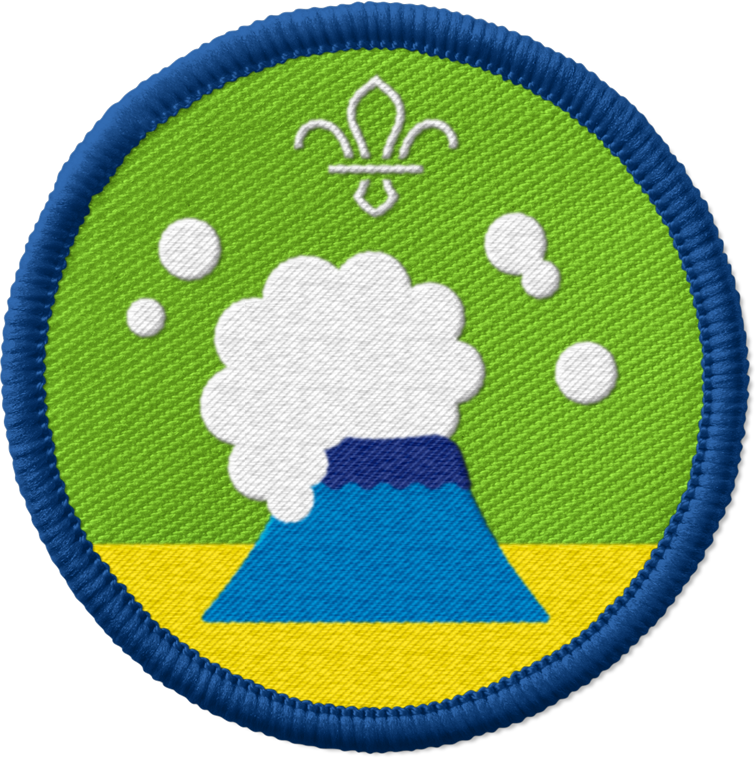Lumpy bumpy name game
You’ll need
- A4 paper
- Air-drying clay
To watch in full screen, double click the video
- The person leading the game should explain that some blind and partially sighted people may use braille to read.
- Braille is a writing system where letters and number are read by fingers instead of eyes.
- People run their fingers gently over bumps on paper (or other materials, such as signs) – the way the bumps are arranged tells them which letter they represent.
- By putting letters together, people can read words and sentences.
- Give everyone a piece of paper, a copy of the braille alphabet, and some air drying clay.
- Everyone should stick small pieces of clay on top of the black dots on their braille alphabet. They should gently run their fingers over the raised bumps – this is a bit what braille feels like.
- Everyone should try spelling their names out on their pieces of card. They should do one letter at a time, copying the dot patterns from the braille alphabet sheet.
- Once everyone’s finished their names, they should put them in the middle. The person leading the game should jumble them up, so it’s not clear whose is whose.
- Everyone should try to tell which name is which by reading the braille.
Reflection
This activity helped you to respect others. It’s important to value others, regardless of their background. Do you think making sure signs and important information (such as information on medicine boxes) is also in braille is a way of showing respect? How do you think it feels when places do and don’t have braille?
This activity also helped you to develop skills. Is reading braille a skill? Why is it important to know about braille and other ways of communicating? When do people read braille (to enjoy books, but also to stay safe and navigate the world independently)?
Safety
All activities must be safely managed. You must complete a thorough risk assessment and take appropriate steps to reduce risk. Use the safety checklist to help you plan and risk assess your activity. Always get approval for the activity, and have suitable supervision and an InTouch process.
- You could create grids with dots to make it easier to form the words.
- If people are feeling ambitious, they could make and read longer words and phrases.
- People can experiment with different materials to make their dots – what works well?
People can make their braille as big or small as they like. If people find it tricky to use fiddly bits of clay, they can use big balls of clay instead.
All Scout activities should be inclusive and accessible.
If anyone uses braille, they could talk to the others about their experiences.


